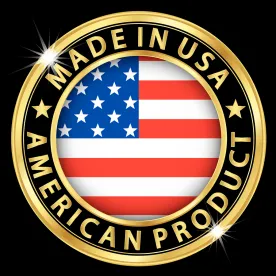If a company facing a recall has managed it effectively, the hardest part is probably over. After writing about how companies can prepare for and manage an effective recall, here are strategies companies can use to restore order and maintain brand loyalty following a product recall.
Maintain an Open Dialogue
Open and honest post-recall communications help to foster a sense of goodwill in consumers. Although recalls are financially and emotionally taxing, maintaining an open dialogue with consumers and media can influence brand loyalty and help stock prices recover, often to pre-recall levels.
For example, Johnson and Johnson’s famous recovery from the cyanide-laced Tylenol took only 43 days because of its visibility and transparency. Its CEO James Burke kept news networks informed and publicly met with the FBI and the U.S. Food and Drug Administration. According to a 2010 report from the Relational Capital Group, companies that handle product recalls quickly, transparently, and honorably will keep brand loyalty from 87 percent of their consumers.
Companies should also reinforce their commitment to safety after the dust has settled. For example, after recalling its toys that contained lead paint, Mattel launched a heavily publicized three-point check system to monitor toys throughout the production process. Its new regulatory strategy communicated that it was committed to consumer safety. Most companies are not Mattel, but most companies do have a web page and can use that web page, along with social media, to explain how they plan to do better.
Assess Internal Impact
Companies may want to assess how the recall impacted internal processes, including employee morale. Rewarding their recall team and acknowledging the difficulty of a recall may re-energize a team while recognizing the importance of its work. Many members of the recall team probably were pulled off other projects companies considered to be important. Recognize that the timelines for those projects may need to be adjusted accordingly, and that staffing may have to be reallocated. Although not “internal” per se, relationships with retailers are also critically important. Like consumers, retailers tend to understand that recalls happen, and they respond well to transparency and consistency in messaging and result. On the other hand, a recall characterized by “radio silence,” lack of transparency, and a refusal to recognize the retailer’s burden can permanently damage a supplier’s relationship.
Evaluate Processes
After a recall, it is useful for companies to revisit their processes that may have contributed to the issue. One way would be to evaluate the most recent recall and put plans in place to ensure they are prepared for potential new recalls. Based on the evaluation, companies may choose to implement additional preventative measures at the manufacturing or retail stages, such as slowing down production or implementing additional quality checks or hazard analysis.
Companies can also identify which recall processes worked for them and which did not. Hasbro recalled its Easy Bake oven twice in one year after the first recall failed to remedy a problem. While the first recall offered free repair kits, the second recall that pulled the item from the shelves entirely ended up being more successful.
Finally, companies should continue to keep an eye on the news, social media, and customer comment forums to understand any lingering effects of the recall. In the end, an effective recall requires a combination of preparation, speed, and responsiveness to consumers. If consumers see that the company is committed to their safety and satisfaction, the company can leave the recall in the rearview mirror.



 />i
/>i
